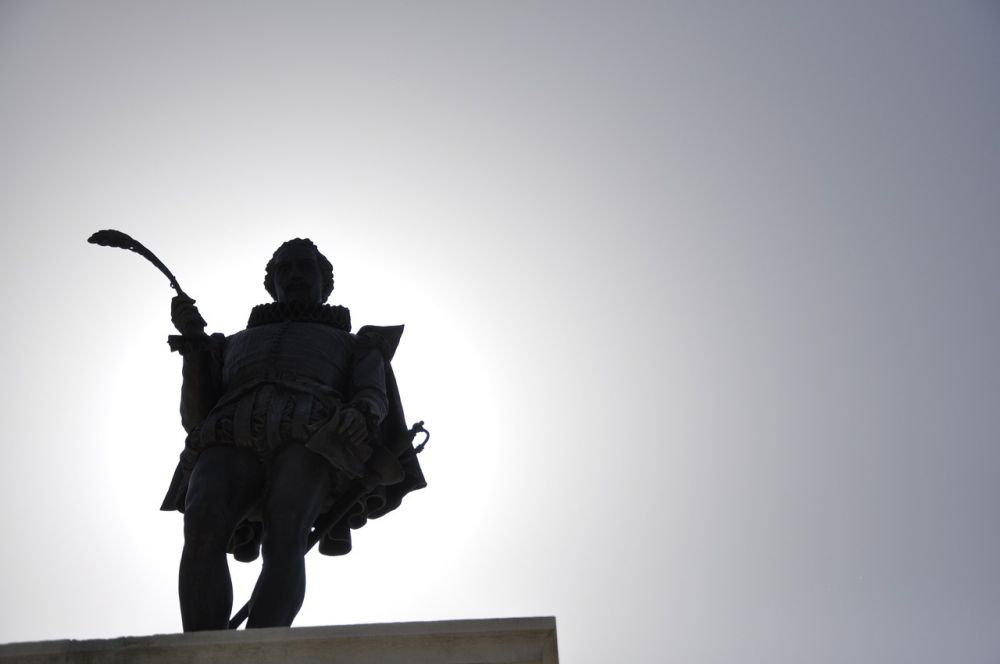Edgar Allan Poes poem, The Raven, is a masterpiece of American literature that has captivated readers for generations

With its haunting imagery and melancholic atmosphere, it has come to represent Poes gothic style and his exploration of the human psyche. In this article, we will delve into the depths of “The Raven”, providing a comprehensive analysis for those interested in this iconic work.
Introduction to “The Raven”:
“The Raven” was first published in 1845 and is considered one of Poes most famous works. It tells the tale of a distraught narrator who is visited by a talking raven that continuously repeats the word “nevermore.” The poems dark and despairing tone reflects themes of grief, loss, and the fragility of the human mind. Through vivid descriptions and a carefully crafted narrative, Poe immerses readers in a world of sorrow and psychological torment.
Historical Evolution of “The Raven”:

“The Raven” had an immediate impact upon its publication, gaining widespread recognition and critical acclaim. It was praised for its innovative use of language, its exploration of the macabre, and its ability to evoke intense emotions. The poems popularity continued to grow, and it quickly became a staple in American literature.
Throughout the years, “The Raven” has been analyzed and interpreted by countless scholars and critics. Its themes of isolation, madness, and the question of mortality have resonated with readers across different time periods and cultures. The poem has also inspired various adaptations in music, film, and visual art, further cementing its status as a cultural phenomenon.
Structuring the Text for Featured Snippet Optimization:
1. Introduction
– Briefly introduce Edgar Allan Poe and his poem “The Raven.”
– Highlight the significance of the poem within the context of American literature.
2. Analysis of “The Raven”
– Explore the themes present in the poem, such as grief, loss, and the human psyche.
– Provide an in-depth examination of Poes use of symbolism, imagery, and literary devices.
– Use bullet points to convey key points, such as:
– The raven as a symbol of death and sorrow
– The repetition of “nevermore” as a reflection of the protagonist’s despair
– The gothic atmosphere created through dark imagery and supernatural elements
3. Historical Evolution of “The Raven”
– Discuss the initial reception of the poem and its subsequent impact.
– Explore how critics and scholars have interpreted “The Raven” over time.
– Use bullet points to highlight key moments in its historical journey, such as:
– Initial publication and recognition in the mid-19th century
– Continued popularity and cultural influence throughout the 20th century
– Modern-day adaptations and reimaginations
4. “The Raven” in Popular Culture
– Discuss the various adaptations of the poem in music, film, and visual art.
– Highlight the lasting impact of “The Raven” on popular culture.
– Use bullet points to provide examples of notable adaptations, such as:
– Music:
Queen’s song “Nevermore”
– Film: “The Raven” (2012) starring John Cusack
– Visual Art: Salvador Dalí’s painting inspired by the poem
Conclusion:
“The Raven” remains an essential part of Edgar Allan Poes literary legacy. Its timeless themes and evocative language continue to resonate with readers today. By delving into the depths of this haunting poem, we gain a deeper understanding of Poes brilliance as a writer and the enduring power of his work.
In conclusion, “The Raven” is a masterpiece that continues to captivate audiences with its haunting tale and exploration of the human psyche. Through its historical evolution and impact on popular culture, it has secured its place as one of Edgar Allan Poe’s most renowned works. Whether you are a lover of poetry, a fan of gothic literature, or someone seeking to explore the depths of the human spirit, “The Raven” is a must-read that will leave an indelible mark on your soul.